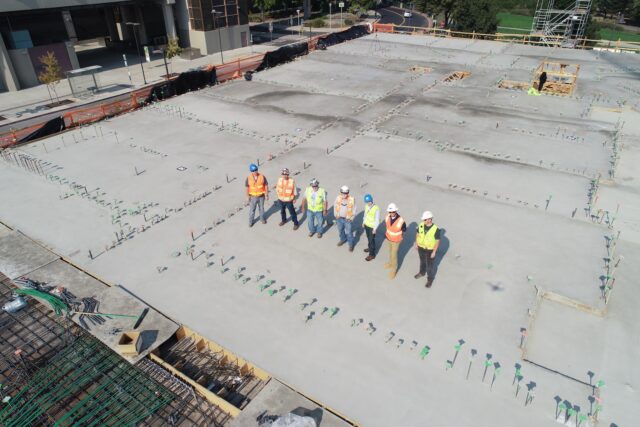
Hopefully, your construction company already has rigid safety standards and a culture of safety that keeps your employees and contractors as safe as possible. But what happens when a visitor shows up at the construction job site? They may not be familiar with that culture, and you can’t exactly threaten them with disciplinary action if they violate your safety standards.
How should you manage them?
Job-Site Visitors: Expecting the Unexpected
On a construction site, you’ll likely have plenty of advanced notice for many of your visitors. Investors, land developers, and entire teams of professionals are going to be on your job site with some degree of regularity, and they’ll likely schedule their visits in advance. They may even be accompanied by designated experts, such as project managers.
However, many of your job-site visitors will be totally unexpected. Homebuyers may drop in unannounced. Nosy neighbors may be interested in getting a closer look at the action. And trespassers may be interested in engaging in nefarious activities on the job site when no one else is around.
If you want your safety standards to be adequate for your job site visitors, you need to plan for both expected and unexpected visitors. Much of the advice in the rest of this article is oriented to serve both needs simultaneously.
Prioritize the Team
When improving safety for visitors, it’s important to remember that your team needs to be your top priority. They may be more experienced and more knowledgeable about construction safety, but they’re also going to be more vulnerable to potential injuries and accidents. While it’s certainly good and worthwhile to look out for the safety of visitors, your team needs to be your main focus.
Maintain Control Over the Job Site
You’ll have a much easier time keeping job site visitors safe if you maintain as much control over the job site as possible. That means strictly controlling who accesses this site and getting as much information as possible about the people who access it.
For example:
- Entrances. Establishing a perimeter around the construction area is extremely valuable. In isolation, these barriers can keep most people out, and more importantly, they restrict the number of entrances to the job site. If there are only two ways in and out of the site, you’ll have an easy time controlling who can enter or exit.
- Building accessibility. Similarly, it’s important to address building/construction site accessibility. The more difficult it is to enter a given area, the less likely people are going to be to access it. As an example, if you’re constructing a new home, leaving the door wide open is a bad idea. Lock up or close off anything you can.
- Equipment and tools. Be mindful of the equipment and tools that are accessible to potential visitors. It’s important to immobilize all your equipment and keep your tools out of reach so no one is tempted to fiddle with them irresponsibly.
- Surveillance cameras. Surveillance cameras can greatly improve the safety of your job site. You’ll be able to remotely monitor operations, you’ll potentially discourage unwanted activities by notifying people they’re being monitored, and you’ll have hard evidence to illustrate what happened in the event of an accident.
Set and Enforce Visitation Rules
Next, set and enforce visitation rules. If you’re going to have visitors on the site, what steps do they need to follow? What types of protective equipment do they need to wear? What types of activities are allowed and disallowed?
The rules themselves are important, but it’s also your responsibility to make sure they’re adequately followed. That means educating visitors, emphasizing the importance of the rules, and issuing consequences if those rules are broken.
Post Signage
Post signage throughout the job site to remind people of the rules and alert them to potential hazards. Obviously, even the biggest, most prominent sign isn’t going to completely eliminate unsafe behaviors, but more signage is rarely a bad thing.
Assume Your Visitors Know Nothing
Most construction job-site issues can be avoided or mitigated with common sense, but you can’t assume that people have this common sense. You must assume that all your visitors are going to be naive children, completely unaware of the fundamentals of construction safety. This doesn’t mean you should be condescending to them; it just means you need to assume they have zero existing knowledge.
Make PPE Available
If your job-site visitors are welcome and expected, you can plan ahead and provide them with personal protective equipment (PPE) like hardhats. In some cases, this may be a prerequisite for visiting the job site.
Your visitors aren’t always going to be expected, and they certainly aren’t always going to take job-site safety seriously. Accordingly, it’s your job to improve safety for all job-site visitors and reduce the risk of injury – and with these strategies, it should be a relatively straightforward process.










